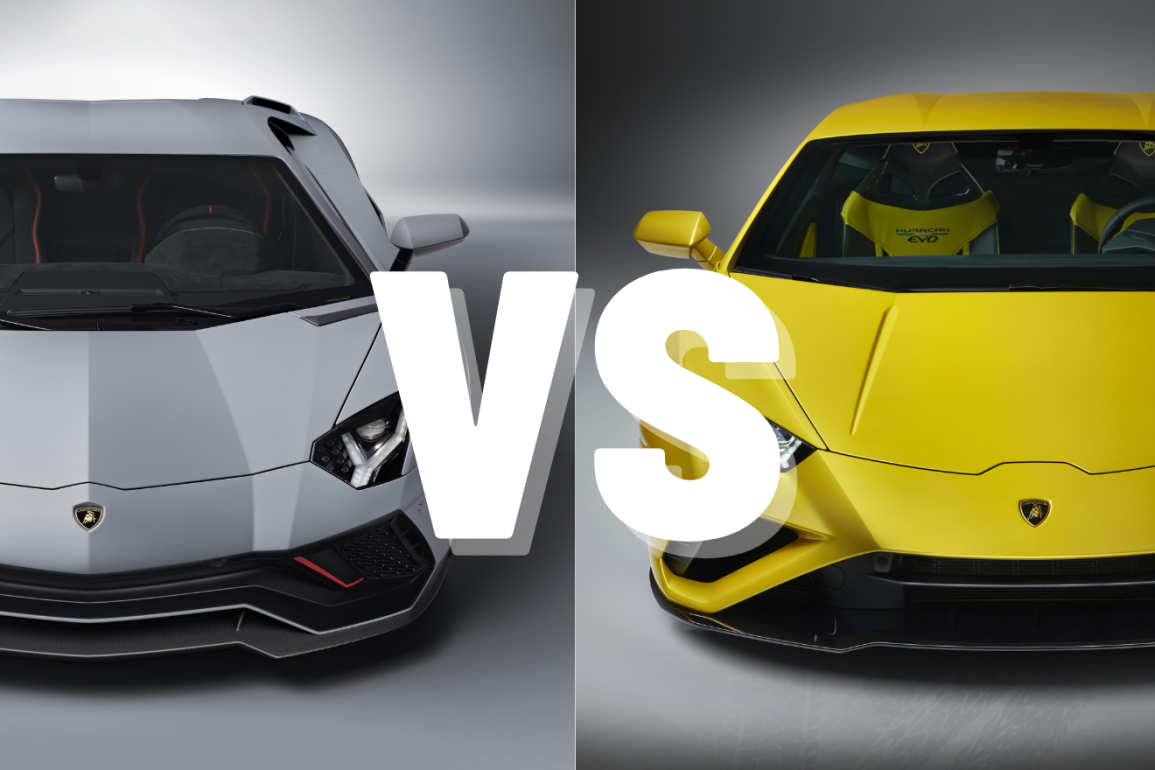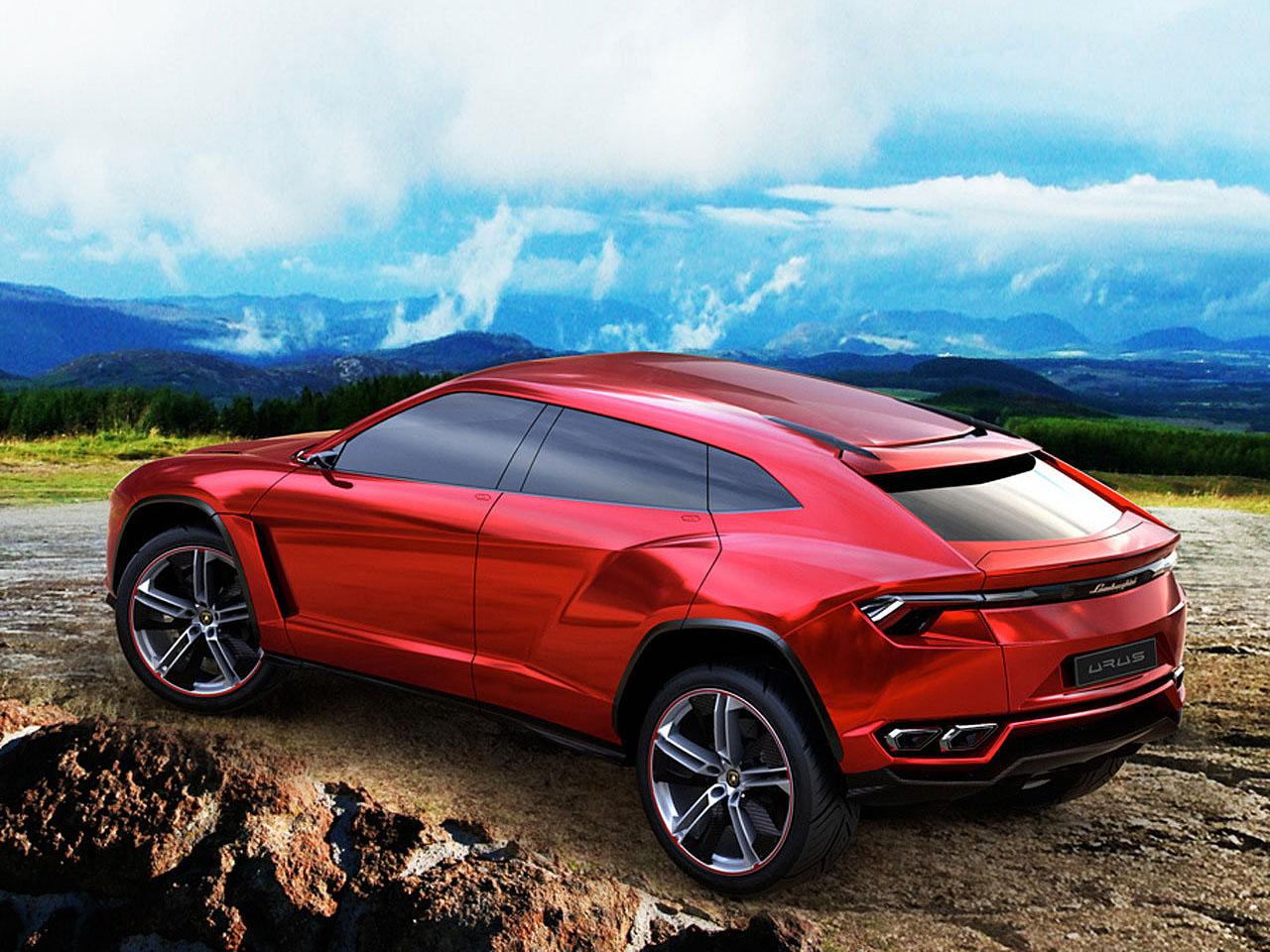The Lamborghini Huracan and Aventador are two of the most powerful and sought-after supercars in the market. Both models come with the iconic Lamborghini car design that every car enthusiast is dying to own someday. There is something about owning a car shaped purely for speed and ignoring all daily commuting convenience.
If you are lucky enough to have to make a choice between the two Lambos, there are a number of factors to consider: horsepower, top speed, transmission, and maybe pricing, even though the design is most likely the first criterion of choice for the wealthy buyers. Keep in mind that only the Aventador offers the best feature of all: the scissor doors! A feature all alpha-male have on their bucket list!
The Aventador is the heavyweight boasting larger engine capacity and higher horsepower and is obviously faster in terms of acceleration and top speed. However, the Huracan is more affordable, making it a tad more affordable option for stretched buyers.
Both vehicles share many similarities, such as the insanely powerful mid-engine layout and the killer Lambo look, but there is quite a gap between the two cars if you are willing to pay the price.
| Model | Engine | Horsepower | 0-60 MPH | Top Speed |
|---|---|---|---|---|
| Lamborghini Huracan Sterrato | 5.2L V10 | 602 hp | ~3.3 sec | 130 mph (210 km/h) |
| Lamborghini Huracan Tecnica | 5.2L V10 | 631 hp | 3.2 sec | 202 mph (325 km/h) |
| Lamborghini Huracan STO | 5.2L V10 | 640 hp | 3.0 sec | 193 mph (310 km/h) |
| Lamborghini Huracan Evo RWD | 5.2L V10 | 610 hp | 3.3 sec | 202 mph (325 km/h) |
| Lamborghini Huracan LP 610-4 | 5.2L V10 | 610 hp | 3.2 sec | 202 mph (325 km/h) |
| Lamborghini Aventador LP 700-4 | 6.5L V12 | 700 hp | 2.9 sec | 217 mph (350 km/h) |
| Lamborghini Aventador SV LP 750-4 | 6.5L V12 | 750 hp | 2.8 sec | 217 mph (350 km/h) |
| Lamborghini Aventador S LP 740-4 | 6.5L V12 | 740 hp | 2.9 sec | 217 mph (350 km/h) |
| Lamborghini Aventador SVJ LP 770-4 | 6.5L V12 | 770 hp | 2.8 sec | 217 mph (350 km/h) |
| Lamborghini Aventador LP 780-4 Ultimae | 6.5L V12 | 780 hp | 2.8 sec | 221 mph (355 km/h) |
*This data is taken from the Edmunds website.
History of Lamborghini Huracán and Aventador
The Lamborghini Huracán and Aventador, since their respective launches, have evolved through various modifications, each adding a unique dimension to the Lamborghini legacy.
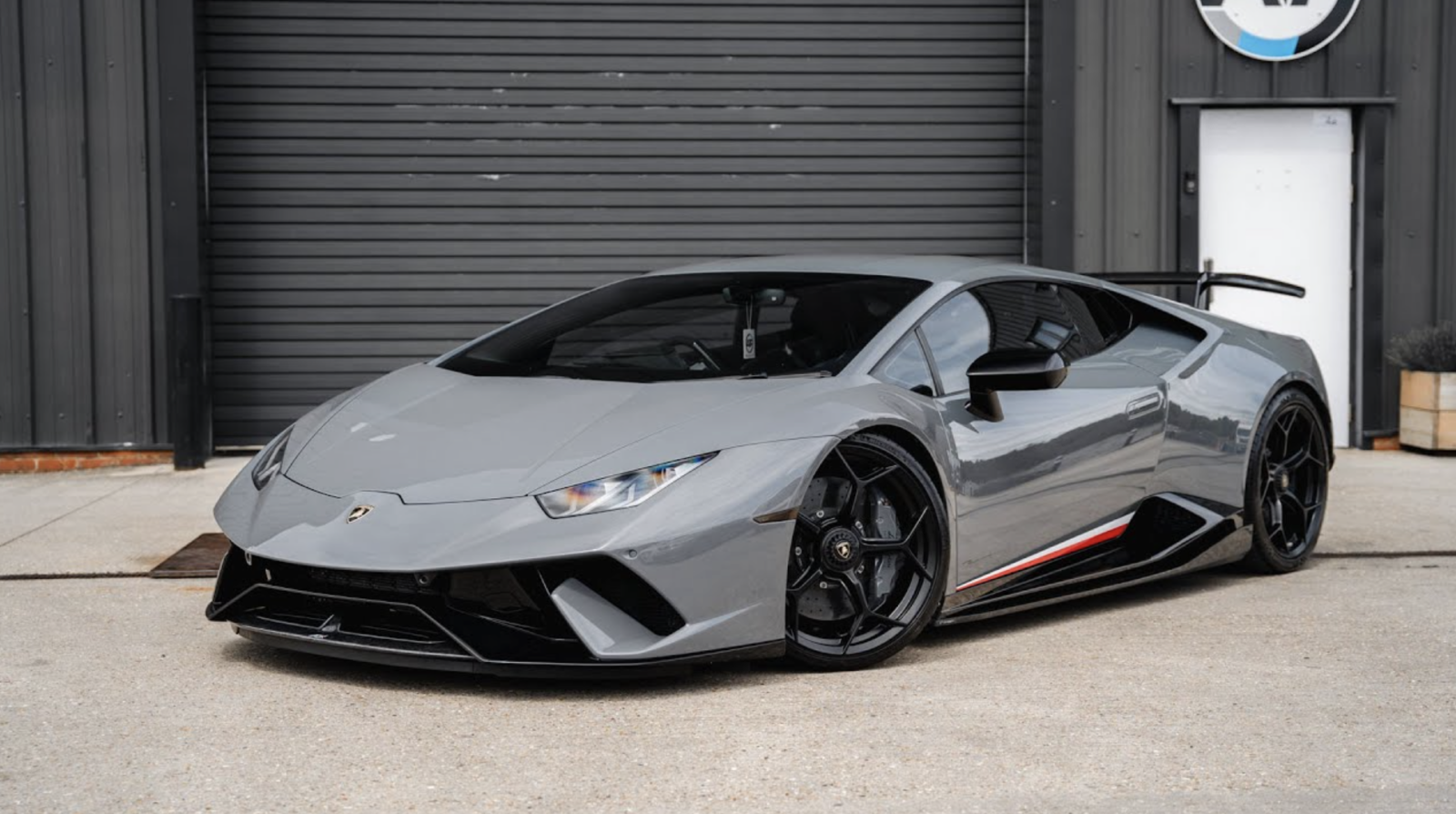
The Huracán, debuting in 2014 as the successor to the Gallardo, was named after a renowned Spanish fighting bull, symbolizing the car’s fierce and bold spirit. This model has undergone several evolutions. Following the original Huracán LP 610-4, Lamborghini introduced the LP 580-2, a rear-wheel-drive variant offering a purer sports car feel. The Huracán Spyder came next, adding the allure of open-top driving. The Performante version, known for setting a record at the Nürburgring, brought track-focused enhancements and improved aerodynamics. The Huracán EVO followed, updating the original with the latest technology and performance upgrades. In a move towards extreme performance, the Huracán STO (Super Trofeo Omologata) emerged, drawing inspiration from the Huracán Super Trofeo EVO race car and emphasizing aerodynamics and lightweight design.
The Huracán lineup also saw the addition of the Sterrato, a unique concept blending super sports car performance with off-road capabilities. This variant demonstrated Lamborghini’s innovative spirit, offering a new kind of driving experience. Another notable addition is the Huracán Tecnica, which bridges the gap between the EVO and STO, offering a refined balance of road usability and track performance, showcasing Lamborghini’s continuous evolution in engineering and design.
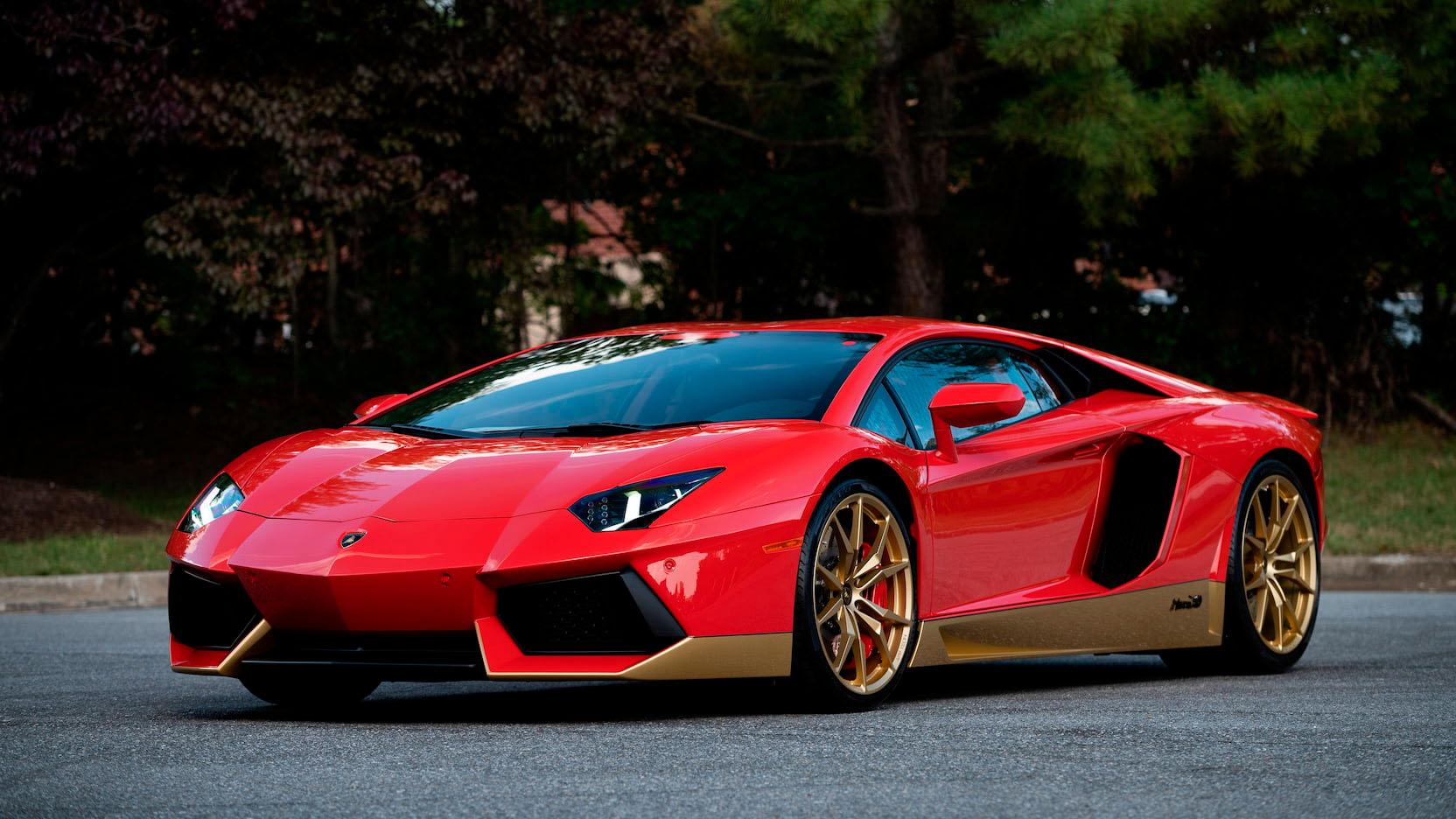
The Aventador, launched in 2011 as a revolutionary step forward from the Murciélago, was named after a valiant bull, reflecting its powerful and dominant character. The Aventador series began with the LP 700-4, a groundbreaking model featuring a new 6.5-liter V12 engine and all-wheel drive. The series expanded with the introduction of the Roadster, offering the exhilaration of open-air driving. The Aventador S later arrived, enhancing the original with better performance and dynamic abilities. The Aventador SV (SuperVeloce) focused on delivering a more intense driving experience through weight reduction and power increase. The Aventador SVJ (SuperVeloce Jota) took things further with advanced aerodynamics, claiming a Nürburgring record. The culmination of the Aventador’s evolution was the Aventador Ultimae, a final edition that amalgamated the finest elements of the S and SVJ models, serving as a grand finale for the Aventador line.
Price Analysis of Lamborghini Huracán and Aventador Variants
In the realm of high-performance sports cars, the pricing of various Lamborghini Huracán and Aventador models is a significant factor for enthusiasts and potential buyers. The Manufacturer’s Suggested Retail Price (MSRP) for each model reflects its unique features, performance capabilities, and the brand’s prestige.
Starting with the Lamborghini Huracán, the original LP 610-4 was introduced with an MSRP of around $240,000. This model set the tone for the balance of performance and luxury that the Huracán line is known for. The LP 580-2, a rear-wheel-drive variant, came with a slightly more accessible price tag, starting around $210,000. The Huracán Spyder, offering the exhilaration of open-top driving, was priced at about $262,000. For those seeking a more track-focused experience, the Huracán Performante was introduced at approximately $280,000. The updated Huracán EVO began at $261,000, incorporating improved technology and performance. The extreme road-going STO variant commanded a higher price, starting near $327,000.
The Huracán Sterrato, a unique concept blending super sports car performance with off-road capabilities, was introduced with an MSRP of $240,000. This model represents a novel approach in the sports car segment, offering a distinct driving experience. The Huracán Tecnica, positioned to bridge the gap between road usability and track performance, was priced at $280,000. This model is designed for those who desire a versatile yet high-performing Lamborghini experience.
On the Aventador side, the original LP 700-4 set a new benchmark in the super sports car segment with a starting price of $393,000. The Aventador Roadster, adding the luxury of open-air driving, was priced at around $441,000. The evolved Aventador S came in at approximately $417,000, offering enhanced performance and dynamics. For a heightened performance focus, the Aventador SV’s entry price was near $493,000. The most extreme variant, the Aventador SVJ, started at around $517,000, reflecting its record-setting performance and aerodynamic advancements. The final edition, the Aventador Ultimae, combined elements of the S and SVJ models, likely starting in the upper $500,000 range as a grand tribute to the Aventador lineage.
In-Depth Analysis of Speed and Performance
The Lamborghini Huracán and Aventador models, renowned for their exceptional performance, have several variants that showcase varying levels of speed and acceleration. Each of these models brings to life the Lamborghini ethos of power and precision.
Lamborghini Huracán Variants
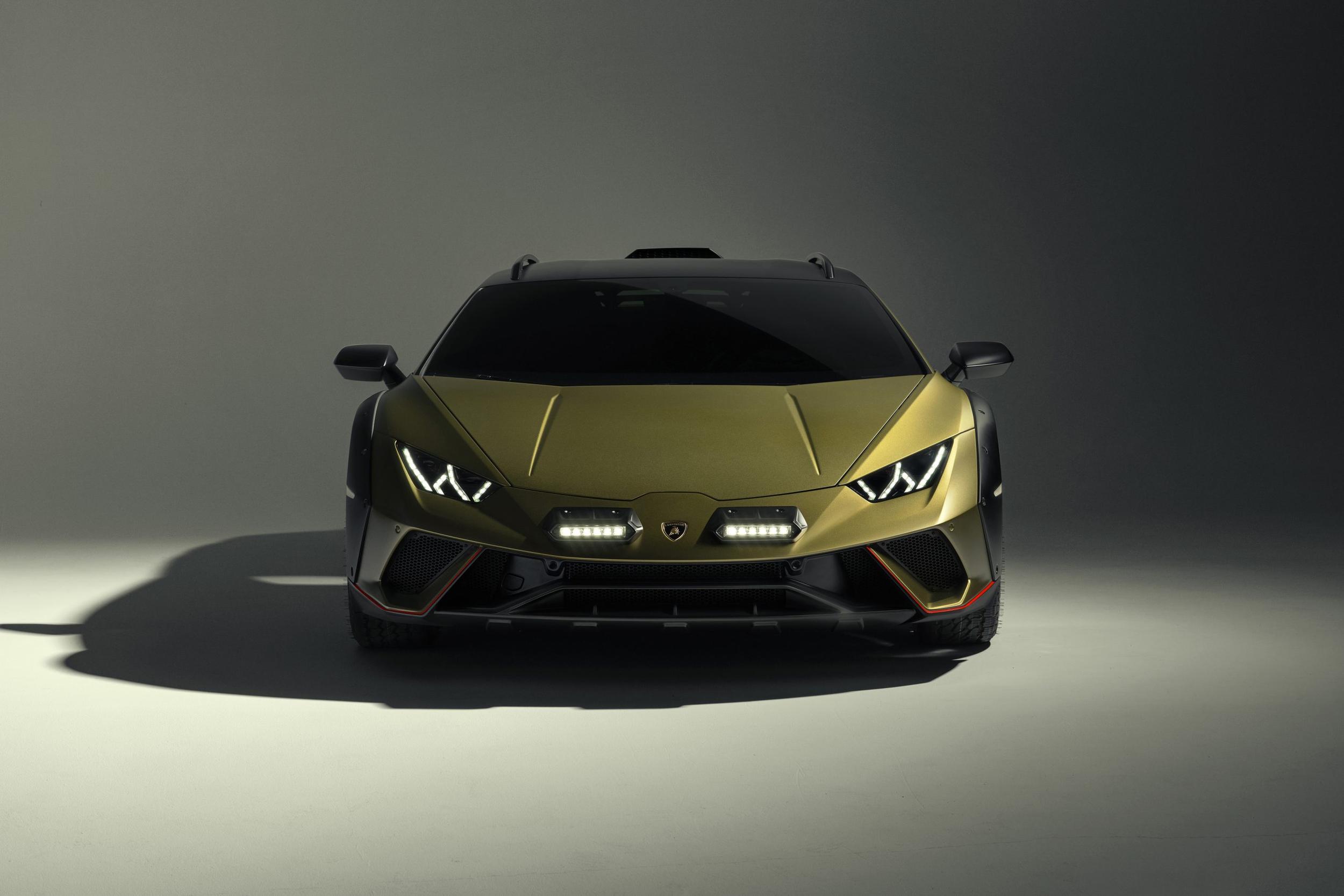
- Huracán LP 610-4: The original Huracán, equipped with a 5.2-liter V10 engine, delivers 610 horsepower and 413 lb-ft of torque. This model accelerates from 0-60 mph in about 3.2 seconds and can reach a top speed of around 202 mph, demonstrating its all-wheel-drive capability and dynamic performance.
- Huracán LP 580-2: As a rear-wheel-drive variant, it has 580 horsepower and maintains a similar torque figure. It accelerates to 60 mph in roughly 3.4 seconds and reaches a top speed close to 199 mph, offering a pure sports car driving experience.
- Huracán Performante: This track-focused version, with increased power of 640 horsepower, achieves 0-60 mph in just under 3 seconds. Its top speed is similar to that of the LP 610-4, bolstered by advanced aerodynamics and ALA (Aerodinamica Lamborghini Attiva) technology.
- Huracán EVO: Updating the original Huracán, the EVO matches the Performante’s power output and features rear-wheel steering. It shares similar performance figures with the Performante, striking a balance between technology and speed.
- The Sterrato, being an off-road-oriented version of the Huracán, is built on the platform of the Huracán EVO and likely has performance characteristics similar to it. The EVO, with its 5.2-liter V10 engine producing 640 horsepower, can accelerate from 0-60 mph in 3.5 seconds. The top speed is about 160 mph.
- The Tecnica, sitting between the EVO and the track-focused STO in terms of performance, shares the same engine specification – a 5.2-liter V10 with 640 horsepower. Its 0-60 mph acceleration time is likely to be very similar to that of the EVO and Performante, which is just under 3 seconds.
Lamborghini Aventador Variants
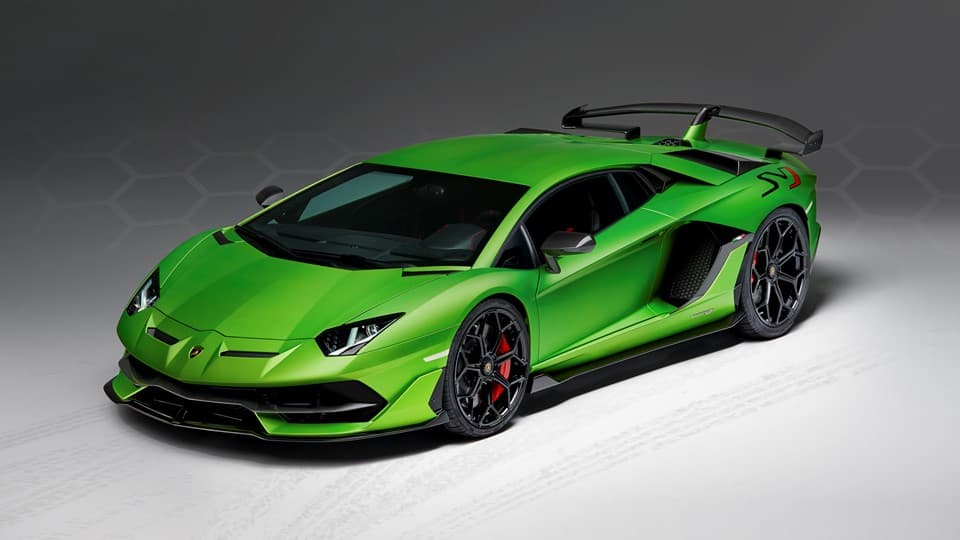
- Aventador LP 700-4: This model introduced a 6.5-liter V12 engine producing 700 horsepower. It can accelerate from 0-60 mph in under 3 seconds, with a top speed of 217 mph, setting a new standard for Lamborghini’s power and performance.
- Aventador S: The S variant increases the engine’s output to 740 horsepower. It slightly improves the 0-60 mph acceleration compared to the original Aventador and maintains a top speed of over 217 mph, enhanced by four-wheel steering.
- Aventador SVJ: The SVJ, with 770 horsepower and the ALA 2.0 aerodynamic system, boasts impressive acceleration and a top speed similar to the SV. It represents the pinnacle of Lamborghini’s engineering, offering unmatched performance on the track.
Drivetrain and Transmission
The drivetrain and transmission configurations in Lamborghini’s Huracán and Aventador models play a crucial role in defining their driving characteristics. Each variant in these lineups features a setup that enhances the vehicle’s performance, handling, and overall driving experience.
Lamborghini Huracán Drivetrain and Transmission
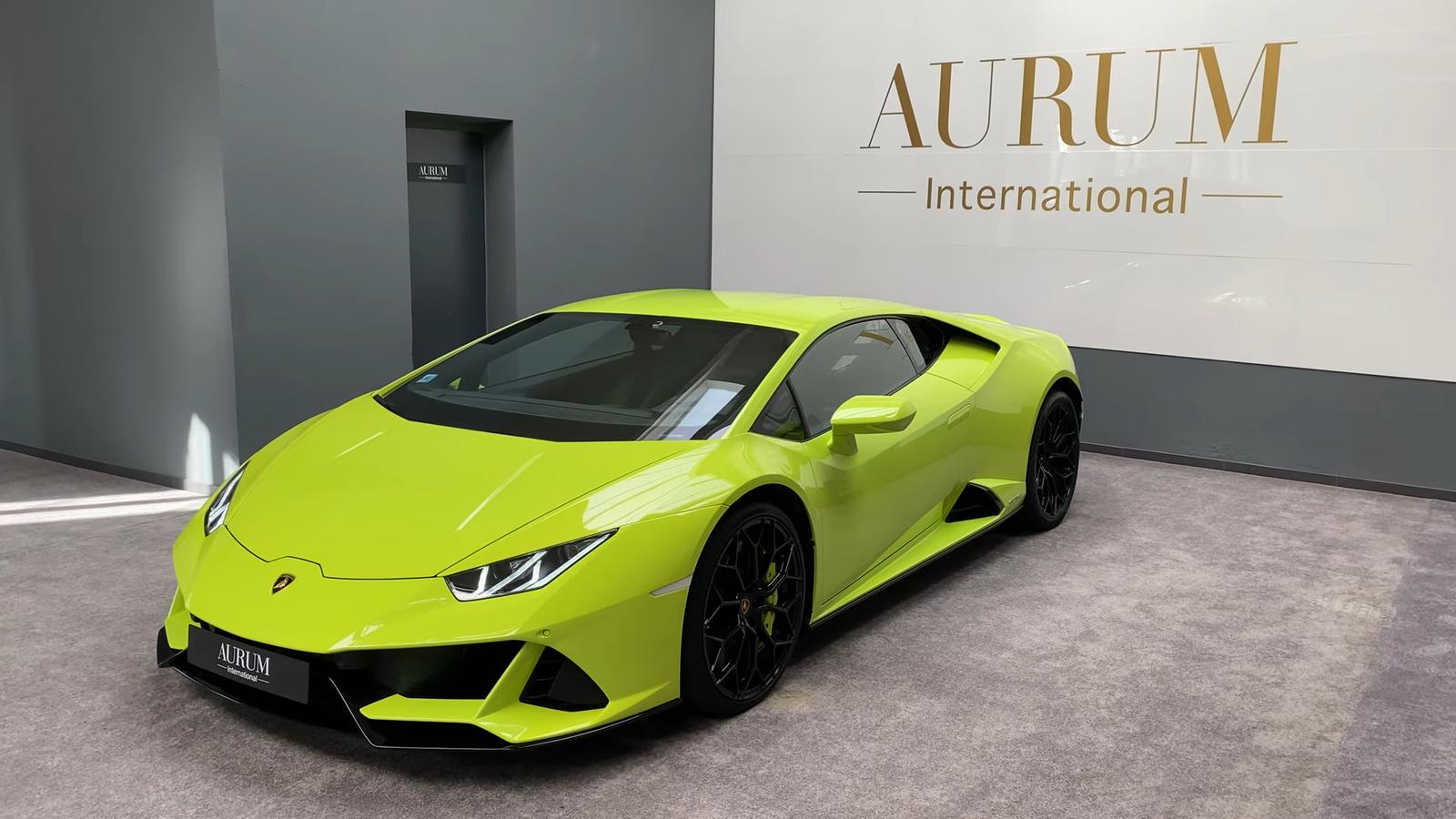
Starting with the Huracán line, all models are built around a mid-engine architecture, ensuring optimal weight distribution and handling characteristics. The original Huracán LP 610-4 introduced an all-wheel-drive system, which became a standard feature in most subsequent Huracán models. This system ensures superior traction and stability, crucial for handling the power delivered by the Huracán’s engines. The LP 580-2 variant, however, offers a rear-wheel-drive setup, catering to drivers who prefer the traditional sports car feel with a more pronounced rear-wheel-drive bias.
In terms of transmission, the entire Huracán lineup is equipped with a 7-speed dual-clutch automatic transmission. This gearbox provides rapid and smooth gear shifts, contributing to the Huracán’s responsive and engaging driving experience. Whether in automatic mode or manually controlled via paddle shifters, the transmission is tuned to deliver performance and efficiency.
The Huracán Performante and EVO variants continue with the all-wheel-drive configuration and dual-clutch transmission, with the EVO also introducing rear-wheel steering for enhanced agility and cornering. The STO, being a track-focused model, retains the all-wheel-drive system but is fine-tuned for maximum performance on the circuit.
The Huracán Sterrato, designed for off-road capabilities, maintains the all-wheel-drive system but likely features adjustments to its transmission and drivetrain settings to suit off-road conditions. The Tecnica, sitting between the EVO and STO, likely shares similar drivetrain and transmission characteristics with these models, optimized for a balance between road and track performance.
Lamborghini Aventador Drivetrain and Transmission
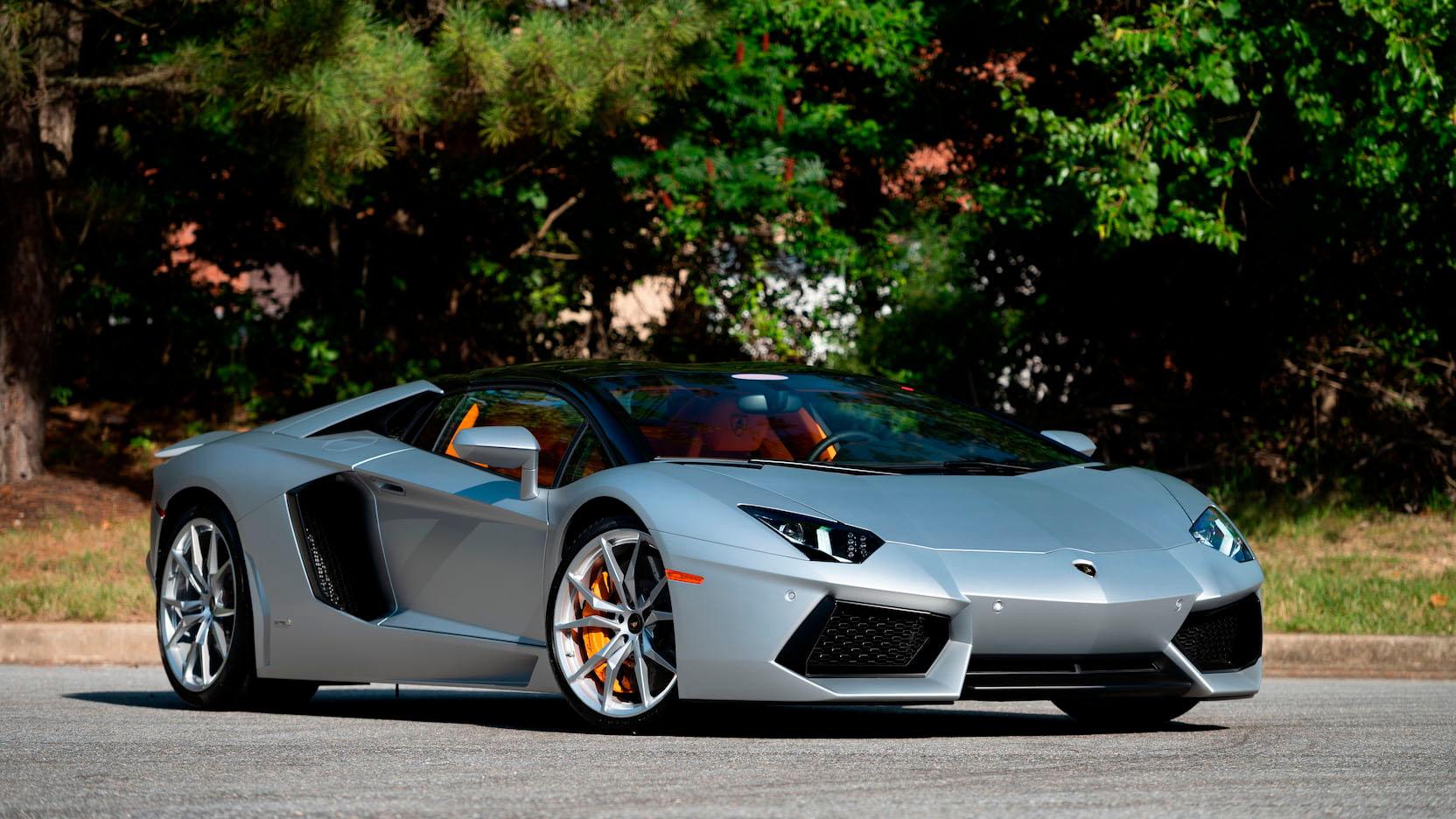
The Aventador series, including its numerous variants, is characterized by its use of a naturally aspirated V12 engine positioned in a mid-engine layout. All Aventador models come with an all-wheel-drive system, ensuring effective power delivery and traction, a necessity given the substantial power output of the V12 engine.
The transmission used in the Aventador line is a 7-speed single-clutch automated manual gearbox. While not as smooth as a dual-clutch system, this gearbox provides a raw and engaging driving experience, with rapid gear changes that contribute to the Aventador’s dramatic performance. It offers a distinctly different feel compared to the dual-clutch system in the Huracán, aligning with the Aventador’s positioning as a more extreme and performance-oriented vehicle.
From the original Aventador LP 700-4 to the evolved Aventador S and the extreme Aventador SVJ, the emphasis has consistently been on enhancing the vehicle’s performance capabilities. The SVJ, for example, features optimized gearbox settings and an enhanced all-wheel-drive system to handle its increased power and track-focused nature.
Fuel Efficiency Lamborghini Huracan vs Aventador
When comparing the fuel efficiency of the Lamborghini Huracán and Aventador models, it’s evident that these high-performance vehicles are not primarily designed with fuel economy in mind. Both models are powered by high-displacement engines that run on petrol.
The Lamborghini Huracán, across its variants, has an estimated fuel economy rating of approximately 13 miles per gallon (mpg) in the city and 19 mpg on the highway. This rating is indicative of the range for different Huracán models, including the LP 610-4, LP 580-2, EVO, and others, given their similar engine configurations and performance orientations.
In contrast, the Lamborghini Aventador models, including variants like the LP 700-4, S, and SVJ, offer slightly lower fuel efficiency. The Aventador is known to achieve about 11 mpg in city driving and approximately 18 mpg on the highway. This decrease in efficiency compared to the Huracán is largely due to the Aventador’s larger 6.5-liter V12 engine, which provides more power at the cost of higher fuel consumption.
Interior and Comfort in Lamborghini Huracán and Aventador Models
The Lamborghini Huracán and Aventador models, including their various modifications, showcase exceptional interior quality and comfort, tailored to the standards of luxury sports cars.
- Quality of Materials: Both the Huracán and Aventador lines utilize high-quality materials in their interiors. Luxurious leather, Alcantara, carbon fiber, and finely crafted metals are standard across these models, providing a premium feel and appearance. Each variant, from the base models to the more performance-oriented versions like the Huracán Performante and Aventador SVJ, maintains this high level of material quality, with options for further customization to suit personal tastes.
- Infotainment System Capabilities: Lamborghini equips these cars with advanced infotainment systems. These include intuitive interfaces, touchscreen displays, and integrated navigation systems. High-end audio options are available, ensuring an immersive auditory experience. Connectivity features such as Bluetooth, Apple CarPlay, and Android Auto are typically included, though the focus remains on driving rather than connectivity.
- Legroom, Headroom, and Overall Space: Being performance-oriented sports cars, the Huracán and Aventador offer limited space compared to standard vehicles. The interior is cozy, with enough legroom and headroom for comfort during driving, but not spacious. The design focuses on driver ergonomics, ensuring that controls and displays are within easy reach and sight.
- Comfort of Seats and Layout: The seats in these models are designed for support and comfort, especially during high-speed driving. They are typically sporty, with options for more luxurious or race-inspired seats. The layout is driver-focused, with a cockpit-like feel where every control is driver-oriented.
- Noise Insulation and Overall Ambiance: Noise insulation in these models is balanced to ensure that the engine’s sound is a part of the driving experience, a characteristic appreciated by sports car enthusiasts. However, external noise is well insulated. The overall ambiance is one of sportiness blended with luxury, evident in the meticulous design and attention to detail in the cabin.
Exterior Design and Dimensions
Aesthetic Appeal: The Huracán and Aventador showcase Lamborghini’s iconic design language. The Huracán is known for its sleek, aerodynamic profile, which is evident across its variants, including the LP 610-4, LP 580-2, and EVO. Modifications like the Performante and STO feature more aggressive aerodynamics and track-focused design elements. The Aventador, including its variants like the S, SV, and SVJ, boasts a more angular and assertive design, emphasizing its power and presence.
Practicality of Design: Both models have low ground clearance, a common trait in high-performance sports cars, enhancing stability and aerodynamics but limiting their practicality over uneven roads. Visibility, particularly in the Aventador, is somewhat compromised due to its design and low stance, impacting ease of maneuverability in tight spaces.
Dimensions and Their Implications: The Huracán and Aventador are wide and low, making a bold statement but also influencing their practical use. The Huracán, measuring 4,459mm in length and 1,924mm in width, is slightly more compact compared to the Aventador, which is 4,835mm long and 2,030mm wide. This size difference makes the Aventador more challenging in terms of parking and navigating narrow spaces. Both models require ample space for parking and storage, considering their width and length.
Technology and Features
The Huracán models are equipped with a powerful V10 engine and integrate cutting-edge technology for optimal performance. This includes features such as advanced aerodynamics, an intuitive infotainment system, and driver-assistance technologies. The Huracán utilizes technology to deliver a seamless driving experience, blending performance and functionality. The use of lightweight materials and sophisticated control systems further enhances its agility and responsiveness.
The Aventador models, known for their impressive V12 engine, also boast a range of high-tech features. These include a sophisticated infotainment system with Apple CarPlay, a leather steering wheel, climate control, and advanced sound system technology. The Aventador’s technology is designed to enhance both the driving experience and passenger comfort, making it a pinnacle of automotive innovation and luxury.
Safety
- Basic Safety Equipment: Both models are equipped with fundamental safety features like Anti-Lock Braking System (ABS) and airbags. This is a standard for high-performance sports cars like Lamborghini. However, specific details about the number and type of airbags are not explicitly mentioned in the provided sources.
- Advanced Driver Assistance Systems (ADAS): Neither the Huracán nor the Aventador list advanced features such as 360-degree cameras, blind-spot monitoring, driver attention monitoring, forward collision warning, or lane departure warnin. This indicates a focus on performance and driving experience rather than automated safety technologies.
- Structural and Passive Safety: Lamborghinis are known for their strong build quality and use of materials like carbon fiber, which offers high strength-to-weight ratios, contributing to both performance and safety in case of an impact.
- Braking and Traction: Both models feature sophisticated braking systems and traction control to handle high speeds and ensure stability, which is crucial for safety in sports cars.
What is better?
Determining whether the Lamborghini Huracán or Aventador is “better” depends on individual preferences and what one values in a supercar.
The Huracán, with its 10-cylinder engine producing up to 630 hp, is known for its agility, user-friendliness, and suitability for both track and everyday driving. Its sleek design, slightly smaller dimensions, and advanced aerodynamics make it a more accessible option for many enthusiasts.
On the other hand, the Aventador, equipped with a more powerful 12-cylinder engine delivering up to 759 hp, stands out for its raw power and striking presence. It is slightly larger, offering a more imposing look and feel. The Aventador’s design and performance are geared more towards those seeking a more extreme and exhilarating driving experience.
In summary, if you prioritize a more refined, versatile driving experience suitable for both the road and the track, the Huracán may be the better choice. However, if you seek a more powerful, adrenaline-pumping supercar with a bolder design, the Aventador might be more appealing. Ultimately, both models represent Lamborghini’s excellence in supercar engineering, each appealing to different aspects of the supercar experience.

